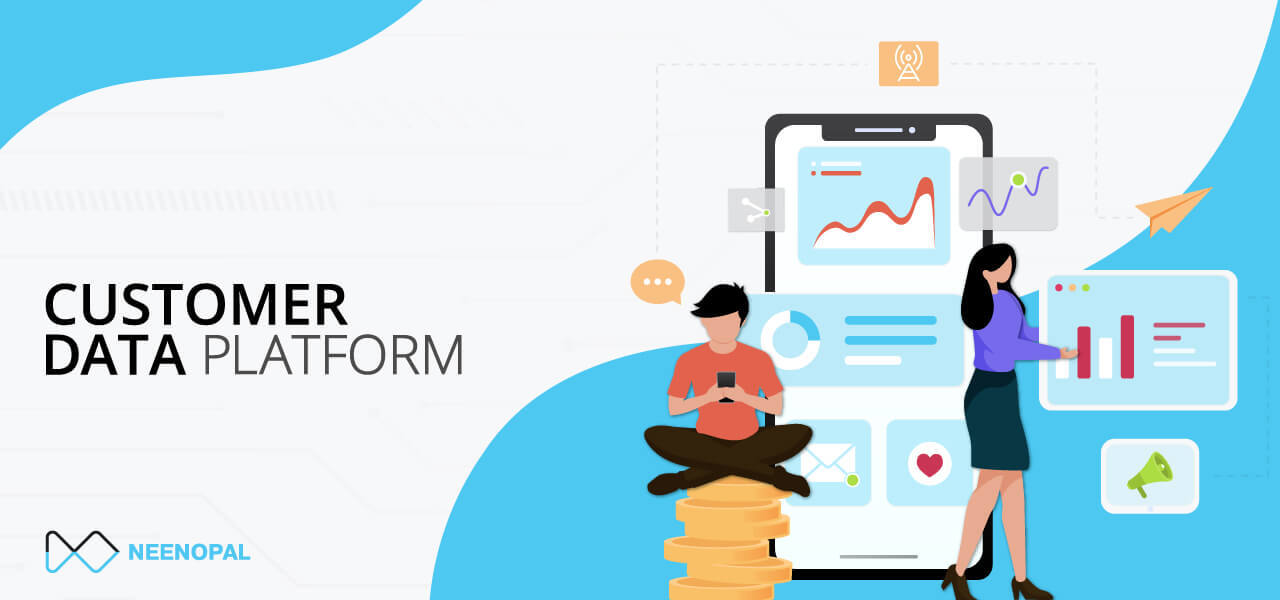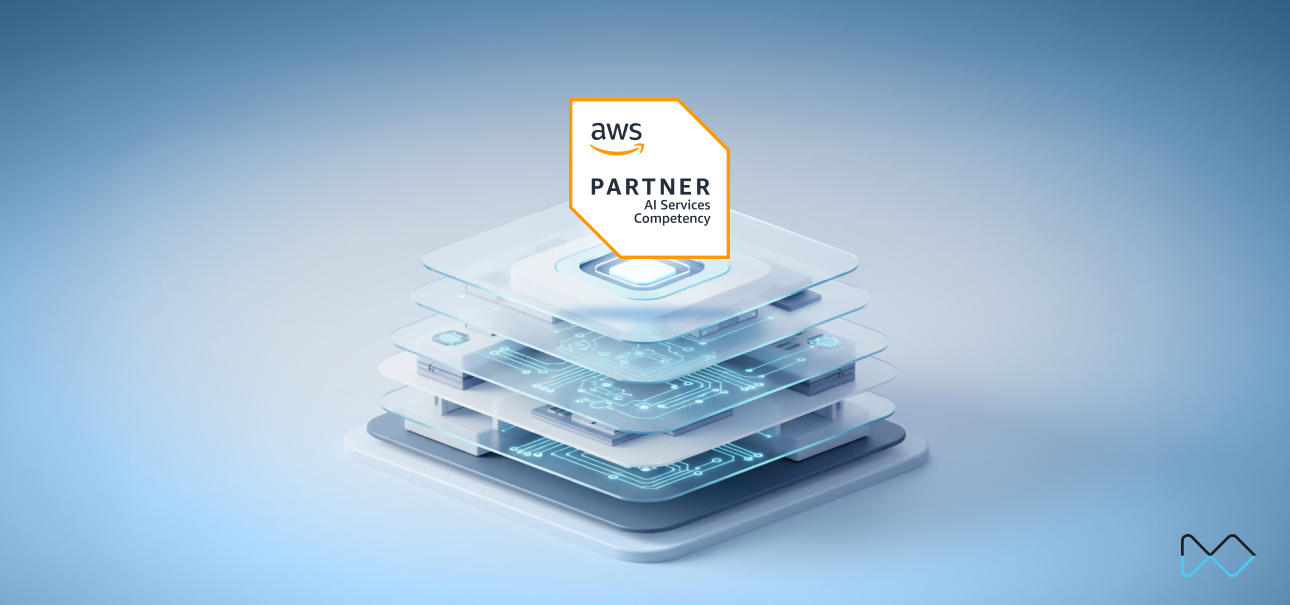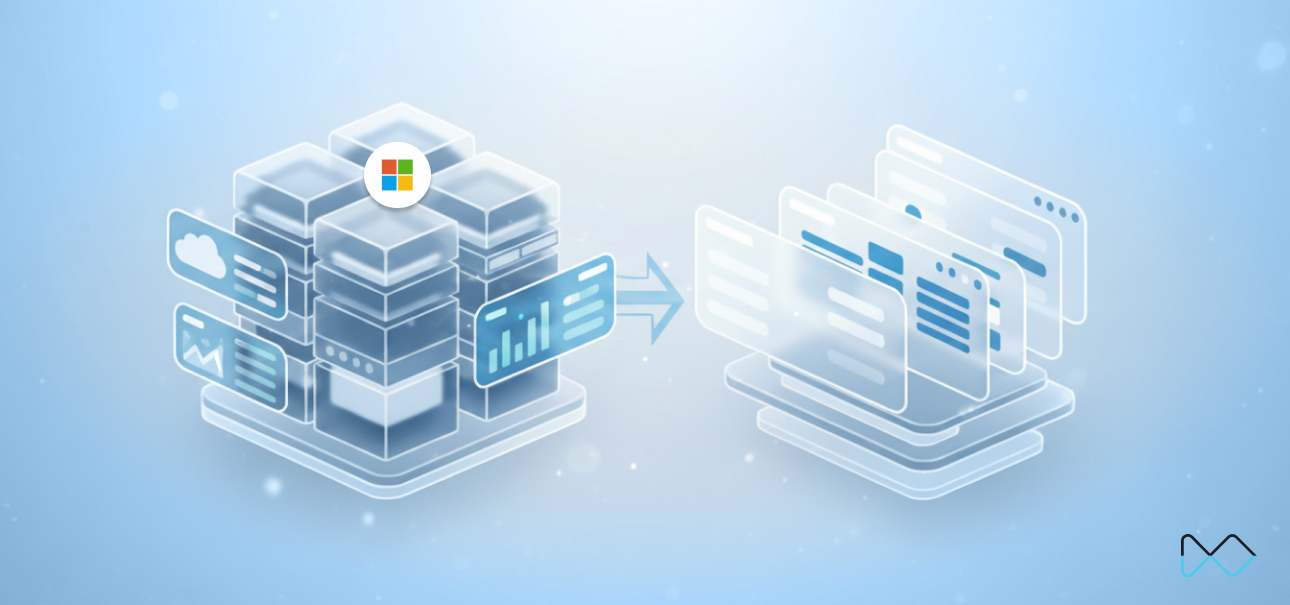Know all about the upcoming buzzword in data analytics – Consumer Data Platform. Learn what it is, how it works, its benefits & use cases!
In today’s digitized world, the customer journey is very complex. Let us take an example – suppose you want to buy a mobile phone. What do you do? You first go and search the latest models on a search engine like Google. If you are tech-savvy and have specific requirements, you do more research – you read blogs and articles on mobile phones. Once you have a shortlist, you visit e-commerce platforms and company website to compare prices and various models. Sometimes, if you feel the need to physically experience the phone, you go to the nearest mobile store. And finally, once you have made a decision, you buy using one of the available channels. Post your purchase, you may express your feedback in various ways – you may call or write an email to customer service in case of issues, you may write reviews on e-commerce platforms or the company website, you may even express your feedback on social media or write a separate blog about it.
Now suppose the mobile company wants to understand their customers. In today’s data-driven world, the easiest way of doing the same is – get as much data on customers as possible. Therefore, the mobile company decides to do the same. They get data from various sources like e-commerce websites, unstructured data from social media platforms & blogs, customer feedback forms/surveys, customer care voice recordings & emails, data from their website, data from physical stores, etc. Now, suppose the product development department of the company wants to analyze this data to get insights for the development of new products. Let us have a look at the issues the department will face:
- Data-in-Silos: Most likely, customer data from different sources would be collected by different departments, i.e. customer care department will have access to voice recordings and emails, digital marketing department will have data from social media ‘listening’, etc. It is a difficult task to connect with every department and get the disintegrated data since there is no platform where integrated data is available.
- No Single Source of Truth: Once the product development department gathers data from all sources, the data will be in different files. Further, for every customer, the identifier in data from different sources will be different i.e. customers might use different email IDs, phone numbers, name abbreviations, etc. at different touchpoints. It will be a cumbersome process to have a single source of truth for a single customer that combines data from all the sources.
As you might have guessed, there is one solution that solves these difficult problems – Customer Data Platform! Let us understand what it is, how it works, and how businesses can benefit from using it. Keep reading!
What exactly is the Customer Data Platform (CDP)?
Customer Data Platform offers a single source of truth for insights on your customers. It integrates data about customers from all the touchpoints and sources and creates a unified view of the same – so that everyone can access it easily. According to the CDP institute (hyperlink: https://www.cdpinstitute.org/cdp-basics), CDP is defined as “a packaged software that creates a persistent, unified customer database that is accessible to other systems”. A few points to note that are important – - Since it is a ‘packaged software’, some background infrastructure will be needed to install & run the CDP. No special data-related expertise is required to use the CDP.
- It creates a unified view of ‘every’ customer by collecting and integrating data from various sources. Data across different periods can be stored.
- The entire CDP data is easily accessible to all the software systems for use. Thus, information can be easily pulled from CDP and leverage by other software.
- Since it creates and maintains a central warehouse of customer data, every department can have easy access to it.
Thus, as we can see, CDP solves both our important problems – ‘data-in-silos’ & ‘no single source of truth’.
Which data sources does CDP refer to?
To create a single source of truth about customers, CDP refers to a vast array of primary, secondary, and tertiary data sources. Internally, it refers to data from CRM (Customer Relationship Management) software, payment-related data, other transaction data & website data. Further, CDP also refers to unstructured data from social media, e-commerce sites, emails, mobile behavior data, offline data, etc.
Let us also understand what exactly we mean by customer data: -
Customer data can comprise contact details, identify information, demographics, social media information, identifier information, information on family, preferences, lifestyle, hobbies, online activity, purchase/transaction data, and some qualitative data on attitude, opinion, etc.
As you might have guessed, all the above constitutes a huge amount of data. Further, to collect such diverse data, a lot of different sources will be required. Many data points will be unstructured i.e. in text/audio/video form – something you cannot put in a spreadsheet and analyze. Extracting valuable information out of such unstructured data is a challenge.
Let us have a look at how exactly CDP works?
How does CDP work?
As you might have guessed, one of the main challenges in front of a CDP is – how to ‘attribute’ data from various sources to a single customer? The method that most CDPs use is called as ‘deterministic matching’ – they use email addresses of customers for profile matching. This method is very accurate & works for the majority of the time. However, sometimes, issues might arise – for example, customers might use different email addresses at different places – or might not use email IDs at all. In such cases, advanced matching algorithms are used.
How is CDP different from other platforms like CRM & DMP?
From whatever we have learned about CDP so far, you might be wondering – we already have solutions like CRM (Customer Relationship Management) & DMP (Data Management Platform). What new value does CDP bring on to the table? Let us understand –
- CDP vs. CRM: CRM solutions primarily deal with existing/known customers & how they interact with businesses through purchases & transactions. Further, CRM does not consider offline data & most of the data in CRM is through manual entry. As against this, CDP collects data on both known and unknown customers. The scope of CDP is very vast as discussed already – identity data, demographics, behavior, motivation, pain points, the path to purchase, etc. The main objective of CDP is to create a unified view of information on every customer/prospect. CDP collects both online & offline data.
- CDP vs. DMP: Insights from DMP are mainly used in improving reach & targeting in advertising. Also, DMP works with anonymous identifiers like IP addresses, cookies, etc. On the contrary, insights from CDP can be practically used by any domain – marketing, product development, sales, supply chain & logistics, finance, IT, etc. – although are mainly used in marketing, sales & product development. DMP works with both known and unknown identifiers.
Benefits of CDP:
Now that we have understood what CDP is all about, how it works, and how it is different from other available solutions – let us talk about the main thing that businesses would be interested in – what are the main benefits of CDP?
The key benefit of CDP is - it eliminates data-silos and creates a single-source-of-truth for all information regarding customers. You might be wondering – ‘eliminating data-silos and all is fine’ – but how will it help my business in improving profits?
Let me tell you how you can use CDP to grow your business –
CDP will help you build a unified view of your customers. Once you have access to such ‘high quality’ customer data, you can apply data analytics tools on it & can generate powerful business insights –
- Customer Micro-Segmentation: Understand who your customers really are, what are their pain points, what features do they want, what products do they prefer, which websites do they browse, what motivates them, etc. Although customer segmentation is an old marketing concept, CDP brings an altogether new meaning to it – more granular & accurate micro-segments are possible with such high-quality data.
- Product Development: You can use the customer data to know which features to incorporate in your products/service, understand future trends & build your products/service to cater to them. Overall, ‘customer-centric’ products/services are more likely to resonate with your target audience.
- Marketing Mix Modelling: You can optimize your marketing efforts – know which channels are most with your customers and focus on them. One of the main challenges in measuring the ROI of marketing efforts is cross-channel paths that customers follow leading to purchase. i.e. a customer may visit your website, browse through products, and then go and buy the same product offline, in a physical store. In such cases, both online, as well as offline marketing activities, contributed to the final purchase. This creates an ‘attribution problem’. CDP data can provide valuable insights into the cross-channel customer journey and provide a more accurate measure of ROI of marketing activities.
- Upselling / Cross-selling: Since you know which products your customers prefer & what they are looking for when they buy products, you can show upsell/cross-sell recommendations that are more likely to work. The role of ‘digitization’ & ‘personalization’ in this process is huge. For example, from CDP, you know that one particular customer likes to keep her house clean, likes lemon flavored products & prefers to buy products in bulk quantities but at discounted rates. Now, this information when fed to an algorithm known as ‘recommendation engine’ in data science, can result in great upsell or cross-sell recommendations for the customer, when he/she visits the website or mobile application.
- Personalization: The above example is just a tip of the iceberg when it comes to personalization using CDP data. There is a potential to personalize practically ‘every touchpoint’ a customer has with your business. To illustrate, let us start with content marketing. Once you have an in-depth understanding of your customer, you can optimize your content marketing strategy – know what should your emails say, what is the best time to send emails, how sales representatives should customize their ‘pitch’, etc. – all this can be done at an individual customer level.
- Customer Loyalty Management: You can easily find out your most loyal and promising customers and optimize your loyalty programs.
- Churn Management: You can also know which customers are likely to churn and the reason behind it. Once you understand pain points at an individual customer level, you can proactively address them and prevent churn.
- Operations Optimization: CDP data will tell you future trends – what customers will value in the future. Once you know that, forecasting can become more accurate – you can easily know which of your products are more likely to sell and which are not going to be so trendy.
Now that we have looked at benefits and use cases of CDP, the last question to be answered is – how do I know if I need CDP? Is it industry or domain-specific? The answer is simple – does your business have customers? Would you like to transform your entire business into a more ‘customer-centric’ organization at every level of the value chain? And if the answer is yes (and I am sure it would be for most businesses), you need CDP! And you need it now!!





